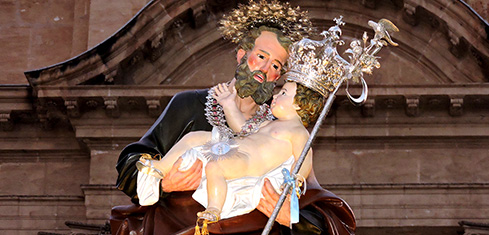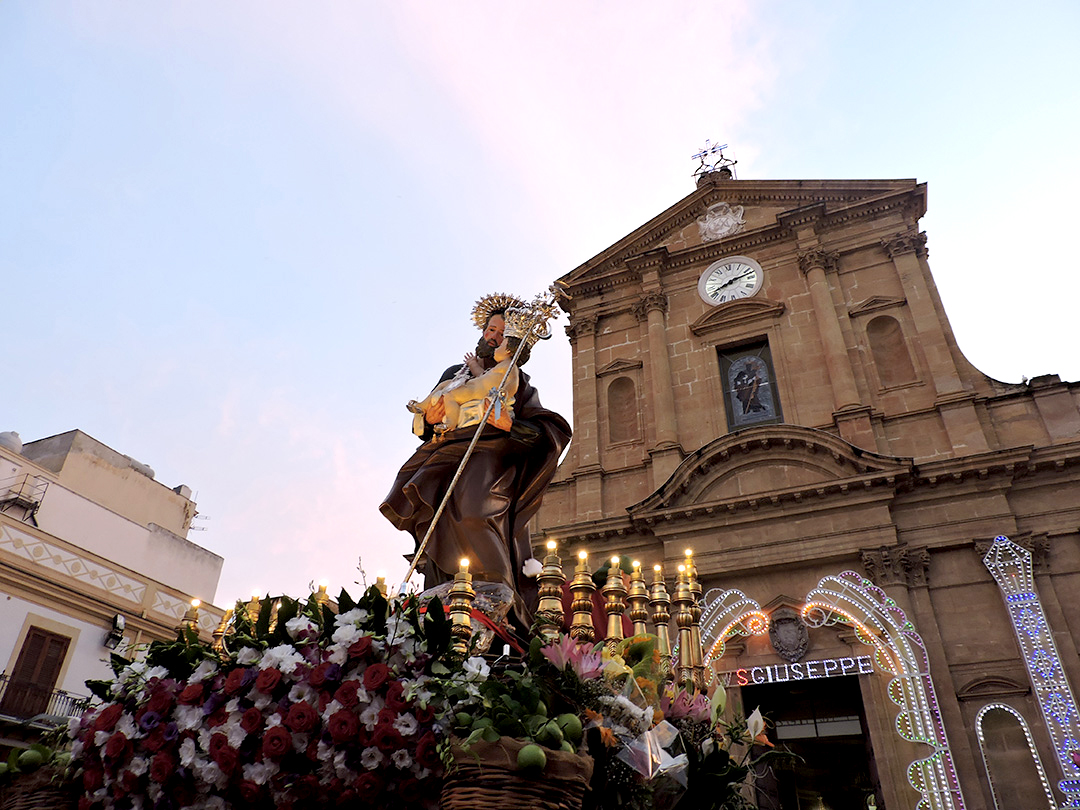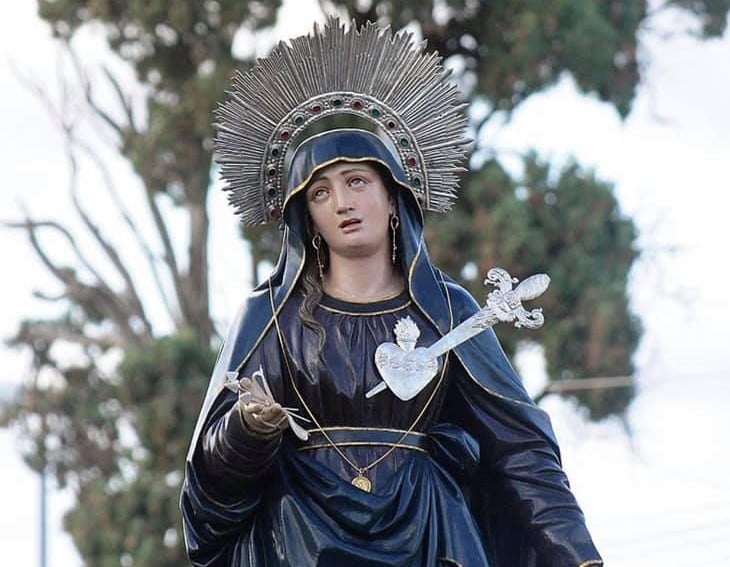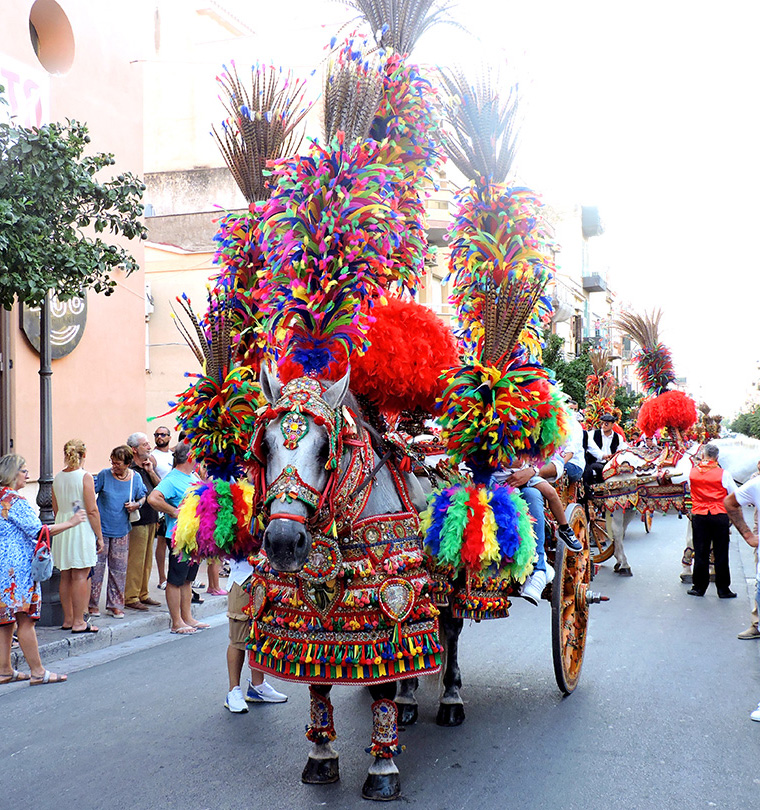FESTIVALS AND FOLKLORE
From historical re-enactments close to the authentic symbols of Sicilian culture, to religious festivals, such as the one linked to the cult of the Patriarch San Giuseppe , patron saint of the poor, introduced in the second half of the 1600s by Prince Branciforti. Bagheria still retains all the flavor of the most authentic traditions to be told and handed down to the new generations.
Scroll to discover the main traditions of Bagheria.
Feast of St. Joseph
Celebrated every year, as usual, the festival takes place in the first days of August in honor of the patron saint of Bagheria, San Giuseppe. The event includes religious celebrations with masses and processions, but also gives space to traditional shows such as the historic parade of Sicilian carts.



Feast of Maria SS Addolorata
Great celebration in honor of the patron saint of Aspra, the seaside village of Bagheria.
The event is characterized by three crucial moments: the procession to the sea, during which the simulacrum is taken from the church and carried towards the beach, then the Madonna is carried on a small boat followed by numerous others for the procession through the streets of the township and finally the fireworks.
Sicilian cart
The “Bottega Ducato”, located in front of Villa Cattolica, is a place where the art of the Sicilian cart is celebrated with skill and passion. It was grandfather Michele, in 1985, who opened the first shop. Today the new generation Michele even collaborates with Dolce and Gabbana. The carters have been guardians of an extraordinary tradition in Sicily. Once, in fact, the cart was the only means of transport. The carters, therefore, bought the products in the coastal strip and transferred them to the more inland areas of Sicily.
The function of the cart was yes, practical, but also a “status symbol”. It was also a “marketing” tool, because a lavishly decorated cart made the carter and his goods immediately recognizable. At the end of the 1950s this instrument lost its original function and acquired new life in the 1970s, thanks to the exhibition “Shapes and Color of the Sicilian cart, the Ducato brothers”. The exhibition acts as a watershed: the cart, from a work tool, becomes a collector’s item.
Even today, explains Michele Ducato, the decorations are drawn in pencil and are never the same, the images, on the other hand, are traced. Once the carter, if he had a slightly more cultured taste, chose a more important or particular subject, beyond the stories of the Paladins of France or the tradition of the epic-chivalric theme.
So from the 1800s to today, the Sicilian cart goes from an instrument to an art form aiming to become a UNESCO heritage site.

